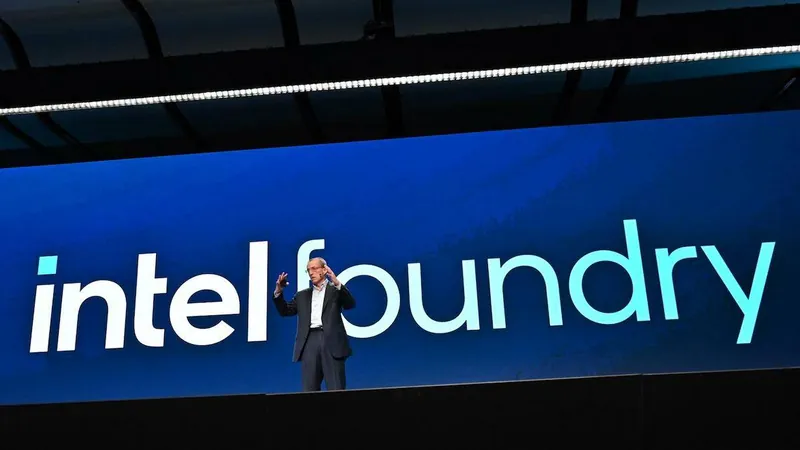
Intel Faces an Uphill Battle as Foundry Business Takes a Tough Turn
2024-09-22
Intel Corporation recently experienced a stock market boost after the announcement of spinning off its foundry division as an independent subsidiary, backed by contracts from major clients like Amazon Web Services (AWS) and the U.S. Department of Defense (DoD). However, the road to recovery for this semiconductor giant remains fraught with challenges, leading stakeholders—shareholders, employees, and partners—to brace themselves for a tough journey ahead.
In the wake of this restructuring, CEO Pat Gelsinger introduced extensive changes within the organization, merging its networking and automotive divisions with the client group. Perhaps more alarming is the indefinite pause on the development of the company's new fabrication plant in Germany and assembly site in Poland, casting a shadow over the European Union's ambitious goal to double its semiconductor production by 2030.
The EU has already allocated €43 billion ($48 billion) in subsidies to support this initiative, with Intel originally positioned to receive around €12 billion ($13.4 billion) for its projects. However, these plans are now under threat due to the uncertainty surrounding the funding, which risks becoming irrelevant amid Intel's two-year hold on expansion. Furthermore, just days before the announcement, Poland had secured approval from the European Commission to fund Intel's test and assembly facility, making the timing of the company's news all the more awkward.
Despite the promising contracts with AWS—who announced plans to manufacture a custom AI chip—and the DoD, Intel's foundry division is still hemorrhaging money, showcasing an operating loss of $2.8 billion in the last quarter alone. Even though Gelsinger's restructuring plan includes allowing the foundry to function independently, the division will still be closely monitored and ultimately guided by him, keeping decision-making tightly integrated with the parent company.
With its ambitious plans to open new leading-edge fabs in Arizona, Gelsinger's strategy to reinvent Intel has been heavily reliant on federal support and private equity investments, which have diminished the likelihood of dismantling the foundry division. As the U.S. government views Intel as crucial for national security—especially given its position as the sole domestic manufacturer of leading-edge process technology—Intel's failure is not an option. The growing competition from Chinese firms only adds pressure to the already precarious situation.
Despite its efforts, Intel's ability to reestablish itself as an industry leader is hindered by high operational costs and a dwindling workforce, with plans to cut close to 16,000 positions globally by the end of 2024. Given the rigorous landscape of semiconductor manufacturing, experts speculate that without additional investment or operational efficiency, Intel may struggle to regain its footing, leaving the future of not just the company, but the entire semiconductor sector in Europe hanging in the balance.
As the saga unfolds, one thing is clear: the stakes are higher than ever for Intel, and everyone is watching to see if Gelsinger’s vision will ultimately come to fruition. Will he be able to steer the ship back on course, or is this the beginning of the end for America's semiconductor titan?


 Brasil (PT)
Brasil (PT)
 Canada (EN)
Canada (EN)
 Chile (ES)
Chile (ES)
 España (ES)
España (ES)
 France (FR)
France (FR)
 Hong Kong (EN)
Hong Kong (EN)
 Italia (IT)
Italia (IT)
 日本 (JA)
日本 (JA)
 Magyarország (HU)
Magyarország (HU)
 Norge (NO)
Norge (NO)
 Polska (PL)
Polska (PL)
 Schweiz (DE)
Schweiz (DE)
 Singapore (EN)
Singapore (EN)
 Sverige (SV)
Sverige (SV)
 Suomi (FI)
Suomi (FI)
 Türkiye (TR)
Türkiye (TR)